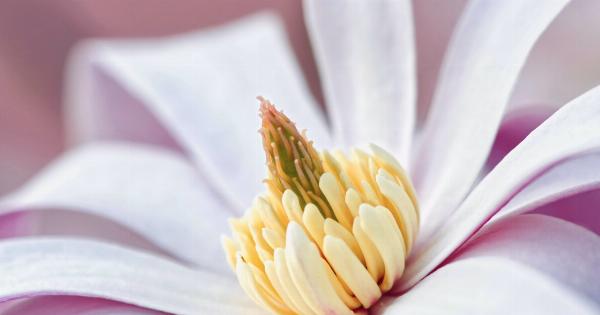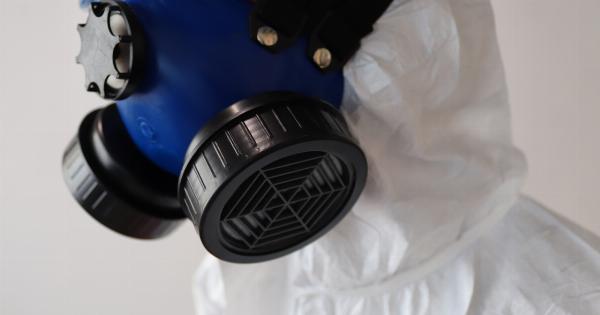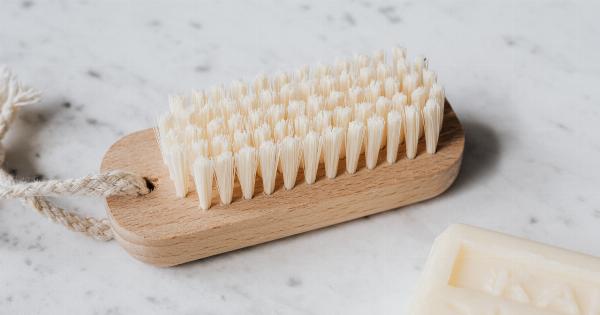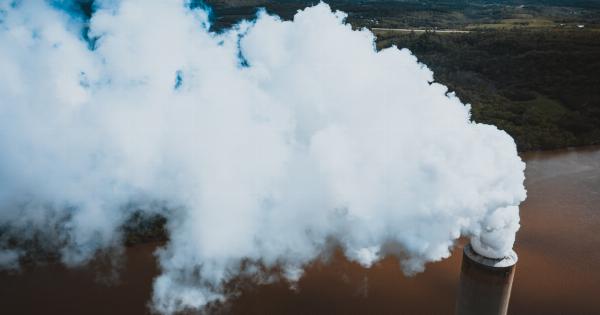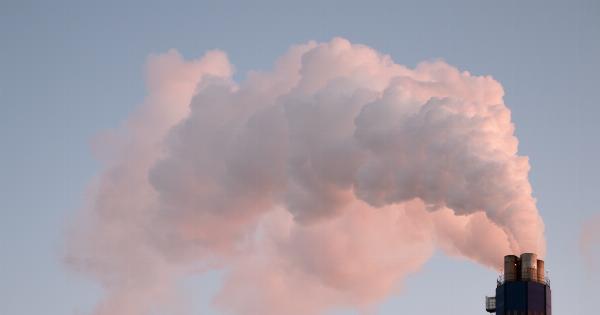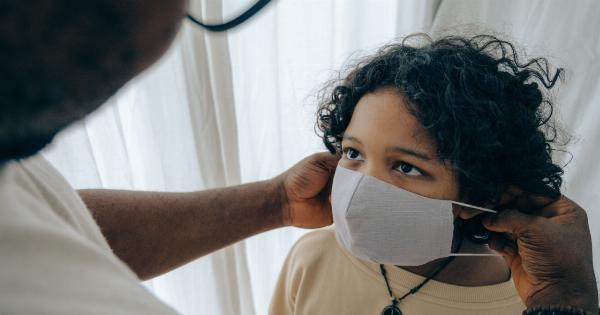Spring is a beautiful season that brings warmth, blooming flowers, and revitalization after the long winter months. However, for many people, it also marks the beginning of seasonal allergies.
The increase in pollen and other allergens during this time can trigger unpleasant symptoms such as sneezing, coughing, itching, and congestion. In order to effectively manage these allergies, it is important to identify the main allergens of spring. This comprehensive list will help you understand what to look out for and take necessary precautions.
The Pollen Offenders
Pollen is the primary culprit behind spring allergies. It is a fine powder released by various plants for the purpose of fertilization. The following are some of the major pollen offenders during the spring season:.
1. Tree Pollen
Tree pollen is one of the most common causes of spring allergies. Trees like oak, birch, cedar, maple, and pine produce lightweight pollen grains that are easily carried by the wind.
As a result, they can travel long distances and cause allergies even if you don’t live near these trees. It is advisable to keep windows closed during peak pollen times and avoid outdoor activities when pollen counts are high.
2. Grass Pollen
Grass pollen allergies are also prevalent during spring. Kentucky bluegrass, Bermuda grass, and Timothy grass are some of the offenders. As the weather warms up, grass pollen levels increase, making it difficult for individuals sensitive to this allergen.
It is crucial to minimize exposure by staying indoors when grass is being mowed or during dry and windy days.
3. Weed Pollen
Weeds like ragweed, pigweed, lamb’s quarters, and sagebrush release large amounts of pollen during spring. These pollen grains are extremely lightweight and can cause significant allergic reactions.
To reduce exposure, it is advisable to keep windows closed, use air purifiers indoors, and avoid spending time in overgrown areas or fields.
The Blossoming Intruders
Apart from pollen, there are other allergens that emerge during spring when flowers and plants begin to bloom. These include:.
4. Mold Spores
Mold spores thrive in damp and humid environments, making spring an ideal breeding ground for them. They can be found both indoors and outdoors, especially in areas with poor ventilation or stagnant water.
To prevent mold allergies, it is important to reduce moisture in your home, fix any leaks, and use dehumidifiers in damp areas such as basements and bathrooms.
5. Pet Dander
Springtime means shedding season for many pets, resulting in increased levels of pet dander. Even if you don’t have a pet, pet dander can stick to clothing and be carried indoors by visitors or on the air.
Regular grooming of pets, brushing them outdoors, and vacuuming frequently can help minimize the presence of pet dander in your home.
6. Insect Venom
Spring also brings the return of many insects like bees, wasps, and mosquitoes. While not everyone is allergic to insect venom, those who are can experience severe allergic reactions.
It is advisable to take necessary precautions such as wearing protective clothing, using insect repellents, and avoiding areas known to have high insect populations.
7. Airborne Chemicals
As spring arrives, so does the increased use of pesticides, fertilizers, and other chemicals in gardens and farms. These chemicals can become airborne and trigger allergic reactions in susceptible individuals.
If you are sensitive to these chemicals, it is wise to stay indoors during application and wear protective masks if you need to go outside.
8. Dust Mites
Dust mites are present throughout the year but can exacerbate allergies during spring cleaning. When opening up your home after a long winter, it is important to dust and vacuum thoroughly to minimize the presence of dust mites.
Using allergen-proof covers on mattresses and regularly washing bedding in hot water can also help reduce exposure.
9. Outdoor Fungi
Outdoor fungi, such as Aspergillus and Alternaria, become more prevalent during spring. These microscopic fungi release spores that can cause allergic reactions.
Avoiding areas with excessive moisture, raking up damp leaves, and using proper ventilation in bathrooms and kitchens can help reduce the growth of outdoor fungi.
10. Air Pollution
Increased air pollution during spring can worsen allergy symptoms. Pollutants such as vehicle emissions, industrial pollutants, and smoke can irritate the airways and trigger allergies.
It is advisable to avoid heavily polluted areas, exercise outdoors when pollution levels are lower, and monitor air quality indexes in your area.
Conclusion
Spring allergies can put a damper on the joyous season, but by identifying the main allergens and taking necessary precautions, you can minimize their impact.
Remember to monitor pollen counts, keep windows closed, use air purifiers, and take preventative measures when venturing outdoors. Consult with an allergist if your symptoms persist or worsen. With proactive steps, you can enjoy the beauty of spring without the burden of allergies.

